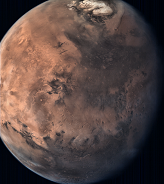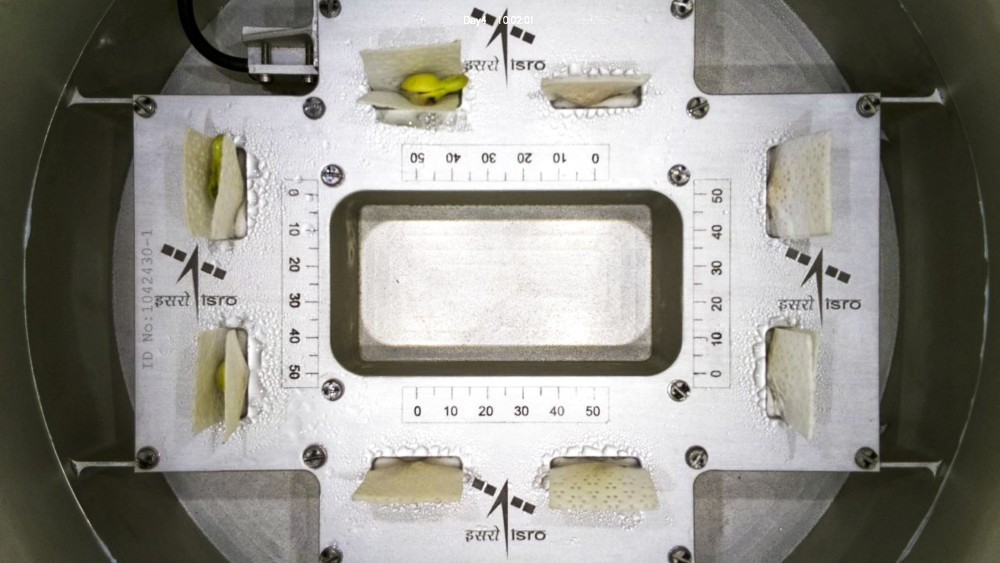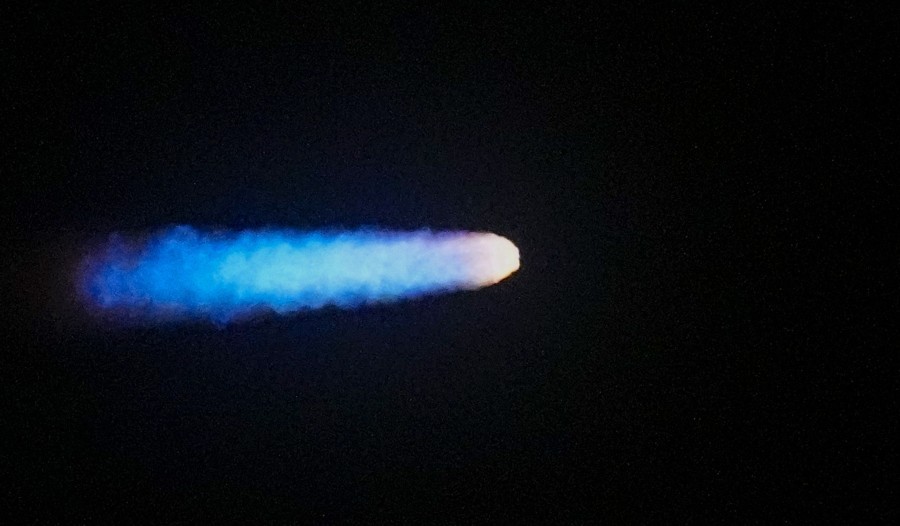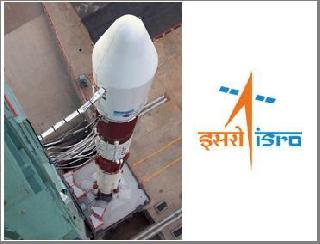
DUBAI / WASHINGTON (PTI): The United Arab Emirate's Mars Mission (EMM) and NASA's MAVEN probe have found "patchy" proton auroras in Mars' skies, providing new insights into the red planet's atmosphere.
An aurora is a natural light display in a planet's sky, predominantly seen in high-latitude regions such as the northern lights, or the aurora borealis, seen from the Earth.
The new aurora found by the team is formed when the solar wind directly impacts Mars' upper atmosphere and emits ultraviolet light as it slows down.
It was discovered in snapshots of the dayside disk obtained by the Emirates Mars Ultraviolet Spectrometer (EMUS), which observes the planet's upper atmosphere.
When the aurora occurs, small regions of the planet become much brighter, signifying intense localised energy in the atmosphere.
"Our discovery of these patchy proton aurora adds a new kind of event to the long list of those currently studied by EMM and challenges our existing views of how the proton aurora on Mars' dayside are formed," said Hessa Al Matroushi, EMM's Science Lead.
"The EMM Hope probe has so far uncovered many unexpected phenomena that extend our understanding of Mars' atmospheric and magnetospheric dynamics.
"These new observations, combined with MAVEN data, have lifted the lid on entirely new possibilities for scientific research," Matroushi said.
The new images represent the first time scientists had a global view of spatial variability in proton aurora at Mars, and the first time they have been able to unambiguously observe this patchy structure, said EMM science team member Mike Chaffin, lead author of the study published in the journal Geophysical Research Letters.
We know that these wavelengths are only emitted by the hydrogen atom, which tells us that super energetic hydrogen atoms must be present in the atmosphere in order to produce the auroral emission, Chaffin said.
A data sharing agreement between EMM and MAVEN has enabled analysis of the new EMM images using plasma observations made by MAVEN, which has been characterising the Mars atmosphere since 2014.
In the new study, EMM discovered fine-scale structures in proton aurora that spanned the full day side of Mars.
Typical proton aurora observations made by MAVEN and ESA's (the European Space Agency) Mars Express mission show these aurora appearing smooth and evenly distributed across the hemisphere.
By contrast, EMM observed proton aurora that appeared highly dynamic and variable, the researchers said.
These "patchy proton aurora" form when turbulent conditions around Mars allow the charged particles to flood directly into the atmosphere and glow as they slow down, they said.
UAE's Hope mission has observed patchy aurora multiple times over the course of its mission so far, and the shape of the aurora is not always the same.
"Whether we will see anything as spectacular as what we've already got is anyone's guess, but I am hopeful. Hope continues to far exceed our expectations for scientific discovery, and I can't wait to see what we learn next," Chaffin added.
 Previous Article
Previous Article Next Article
Next Article













The Indian Air Force, in its flight trials evaluation report submitted before the Defence Ministry l..
view articleAn insight into the Medium Multi-Role Combat Aircraft competition...
view articleSky enthusiasts can now spot the International Space Station (ISS) commanded by Indian-American astr..
view article